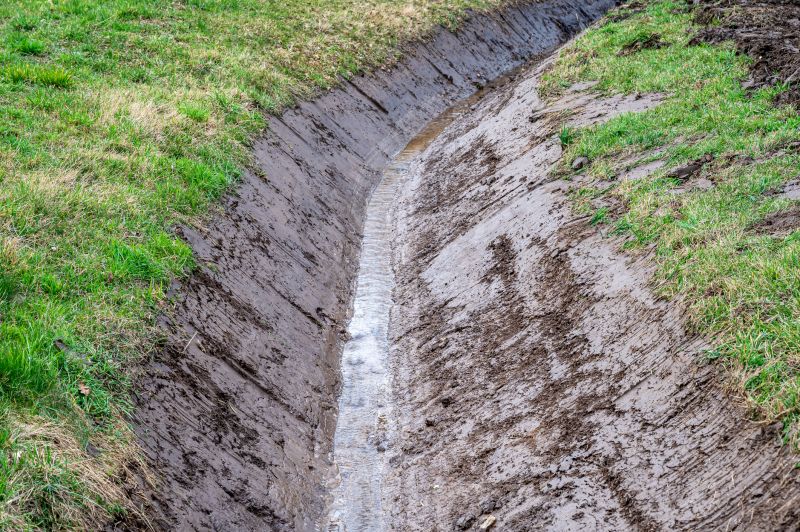Understanding Gradings and Their Timing
Gradings are assessments that evaluate the skill level and progress in a particular discipline. Timing for gradings depends on various factors including skill development, readiness, and specific program requirements. Proper timing ensures that individuals are prepared and can demonstrate their abilities effectively.
Beginners should consider gradings once foundational skills are consistently demonstrated over several practice sessions.
Advanced practitioners typically wait until they have mastered complex techniques and can perform under test conditions.
Many programs schedule gradings during specific seasons to align with training cycles and competition schedules.
Regular assessments, such as every few months, help track progress and prepare for higher levels.

Participants demonstrating techniques during a grading event.

Instructors evaluating skills during a grading session.

Individuals practicing techniques in preparation for gradings.

Ways to make Gradings work in tight or awkward layouts.

Popular materials for Gradings and why they hold up over time.

Simple add-ons that improve Gradings without blowing the budget.

High-end options that actually feel worth it for Gradings.

Finishes and colors that play nicely with Gradings.
| Timing Aspect | Details |
|---|---|
| Skill Level | Beginner, Intermediate, Advanced |
| Training Consistency | Regular practice enhances readiness |
| Season | Align with training cycles or competitions |
| Assessment Frequency | Every few months or as scheduled |
| Individual Readiness | Personal progress and confidence level |
Gradings serve as milestones in skill development, providing recognition of progress and motivating continued improvement. They are scheduled based on individual readiness and program guidelines, ensuring participants are adequately prepared to showcase their abilities. Proper timing can lead to more meaningful assessments and a clearer pathway for advancement.
Statistics indicate that consistent practice and strategic scheduling of gradings contribute to higher success rates. For instance, programs that align gradings with training milestones see increased confidence and skill retention among participants.

Participants receiving their grading certificates.

A participant performing techniques during a grading.

Individuals sharing their grading experiences.

Little measurements that prevent headaches on Gradings day.

A 60-second routine that keeps Gradings looking new.

A frequent mistake in Gradings and how to dodge it.

Small tweaks to make Gradings safer and easier to use.

Lower-waste or water-saving choices for Gradings.
Those interested in scheduling a grading are encouraged to contact for more information. Filling out the contact form provides an opportunity to discuss readiness, scheduling options, and preparation tips.
